Neon Nights and Digital Dreams in Blade Runner
The Enduring Allure of Blade Runner’s Cyberpunk Vision
Few films have captured the imagination of science fiction enthusiasts quite like Blade Runner. Since its release in 1982, this cyberpunk classic has enthralled audiences with its bleak, rain-soaked future Los Angeles, blending noir detective drama with speculative technology. Blade Runner’s influence permeates not only cinema but also literature, video games, and even design aesthetics, defining what many consider the quintessential cyberpunk story. Its mesmerizing visuals paired with profound questions about identity, humanity, and memory resonate just as strongly today as they did over four decades ago.
Beyond the surface of flying cars and neon-lit streets, Blade Runner offering a meditation on what it means to be human in a world grappling with artificial life forms. This article explores the depth and legacy of Blade Runner through its themes, design, influence, and lesser-known facts that continue to enthrall fans worldwide.
Blade Runner: Cyberpunk’s Definitive Cinematic Experience
What Makes Blade Runner a Cyberpunk Masterpiece?
Blade Runner helped establish many cyberpunk staples: dystopian futures, megacorporations, antiheroes, and urban decay teeming with neon and rain. Unlike the optimistic futurism common in earlier sci-fi, Blade Runner’s vision is one of corporate dominance and moral ambiguity:
– A sprawling, overcrowded Los Angeles dominated by the Tyrell Corporation symbolizing unchecked power
– Replicants, bioengineered androids with limited lifespans, raising questions about artificial life
– A gloomy atmosphere reinforced by constant rain, shadows, and overcrowded streets
– Rick Deckard, the jaded “blade runner” whose job is to “retire” rogue replicants embodies noir archetypes tinted with sci-fi elements
These elements coalesce to form a gritty world that feels both alien and eerily familiar, providing the perfect backdrop for exploring philosophical themes.
Visual and Aesthetic Innovation
Ridley Scott’s direction introduced a new visual grammar for futuristic worlds by blending cultural influences from Tokyo, Hong Kong, and Los Angeles: towering billboards in multiple languages, cluttered urban sprawl, and the omnipresence of advertising. Legendary production designer Syd Mead and cinematographer Jordan Cronenweth created dense, textured environments that feel lived-in and authentic.
Blade Runner’s use of light and shadow, inspired by classic film noir, enhances the film’s mood. The iconic mix of darkness pierced by neon lights captures the contradictions at the heart of cyberpunk: beauty within decay, and technology fused with human frailty.
Philosophical Depth: Humanity Meets Artificial Life
Replicants and the Essence of Identity
One of Blade Runner’s key fascinations lies with the replicants, designed to mirror humans but with engineered emotions and limited life spans. They challenge viewers to reconsider the boundaries between human and machine. The question of what defines “real” humanity permeates their struggle for survival and freedom.
The Voight-Kampff test, used in the film to distinguish replicants from humans by measuring emotional responses, brings forward the role empathy plays in defining consciousness. Characters like Roy Batty—portrayed memorably by Rutger Hauer—illustrate a profound yearning to extend life and experience, blurring lines between creator and creation.
Memory and Reality
Memories in Blade Runner are as crucial as hearts; implanted memories give replicants a sense of self but also underline their manufactured nature. Deckard’s own identity remains ambiguous, compelling audiences to question if he too might be a replicant with false memories. This ambiguity invites endless interpretation and debate.
Memories symbolize both connection and alienation, raising existential questions: How much do memories shape identity? Can artificial beings possess souls? Such thematic richness is a hallmark of Blade Runner’s storytelling.
From Cult Classic to Cultural Phenomenon
The Film’s Rocky Beginnings and Rise to Reverence
Blade Runner initially baffled critics and underperformed at the box office but rapidly gained cult status through home video and critical reassessment. Its complex narrative, atmospheric tone, and philosophical depth made it a favorite among science fiction fans.
Multiple versions of the film exist, including the theatrical cut, director’s cut, and final cut, each with variations that affect tone and interpretation. Exploring these versions offers unique insights into how Blade Runner’s themes have been refined over time.
Influence on Other Media
The impact of Blade Runner extends across genres and formats:
– Video games such as “Blade Runner” (1997) capture its aesthetic and story nuances
– TV shows and movies like “Altered Carbon” and “Ghost in the Shell” owe visual and thematic debts to Blade Runner’s cyberpunk blueprint
– Fashion and design borrow heavily from its fusion of retro and futuristic styles
– Music videos and pop culture references continuously nod to its iconic imagery
Blade Runner shaped the visual and thematic vocabulary of cyberpunk, making it a foundational work that creatives return to for inspiration.
The Technology and Innovations Behind Blade Runner
Groundbreaking Special Effects and Sound Design
For its time, Blade Runner’s effects were revolutionary, using practical effects such as miniatures, matte paintings, and extensive neon lighting techniques to build its universe without computer-generated imagery, which was in its infancy.
The film’s soundscape, composed by Vangelis, melds synths and orchestral elements, creating a hauntingly immersive atmosphere. This audio design complements the film’s visual tone and elevates its emotional resonance.
The Design of Replicants and Futuristic Tech
Replicants were conceptualized as physically superior but emotionally complex beings, leading to challenges in costuming and makeup that balanced human realism with subtle “otherness.” The design of Tyrell Corporation’s pyramid headquarters and hazard-filled urban streetscapes envisioned technology integrated into daily life with both grandeur and menace.
Blade Runner’s portrayal of technology feels grounded yet speculative—recognizing its capacity for both harm and hope—an outlook that remains relevant as we grapple with AI and bioengineering advancements today.
Little-Known Facts About Blade Runner
– The film almost starred a completely different actor: Al Pacino was considered for Deckard before Harrison Ford took the role.
– Rutger Hauer improvised the iconic “Tears in Rain” monologue, adding an emotional depth that became one of the film’s most memorable moments.
– The city’s multilingual signage draws inspiration from real Los Angeles neighborhoods, particularly Chinatown and Little Tokyo, emphasizing a multicultural future.
– Blade Runner’s screenplay was adapted from Philip K. Dick’s novel “Do Androids Dream of Electric Sheep?” but diverges in tone and plot, leading to ongoing debates about adaptation faithfulness.
– Harrison Ford reportedly disliked the film during production but later acknowledged its impact and status.
These behind-the-scenes stories add layers to Blade Runner’s mystique and its journey from misunderstood to masterpiece.
Blade Runner’s Continuing Legacy
As the themes of artificial intelligence and urban strife continue to dominate popular discourse, Blade Runner’s relevance endures. The release of “Blade Runner 2049” reignited interest and expanded the universe, proving the story’s timelessness.
For cyberpunk fans and newcomers alike, the original Blade Runner remains essential viewing—a mirror reflecting society’s hopes and fears surrounding technology and identity.
For more in-depth analysis, you can explore the [Blade Runner section on the Criterion Collection website](https://www.criterion.com/films/24888-blade-runner).
As you revisit Blade Runner or discover it anew, consider not just the dazzling visuals, but the deeper questions it poses—questions about what it means to be human in an increasingly artificial world.
Every journey through this dystopian future challenges us to confront our own humanity. Embrace the haunting beauty of Blade Runner and let its legacy inspire your imagination.
Ready to dive deeper? Experience the film’s different cuts or explore modern cyberpunk media influenced by its groundbreaking vision. The future is here—what will you discover?

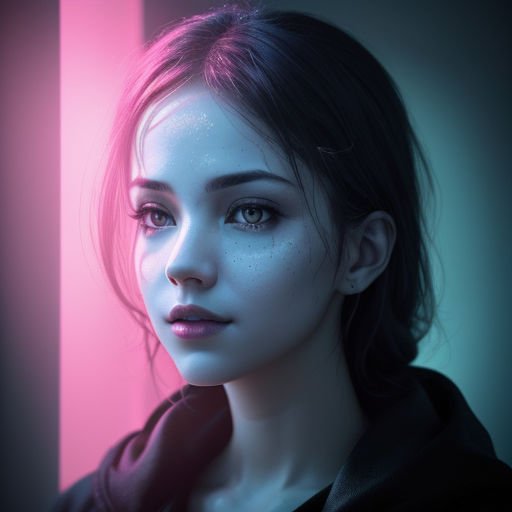
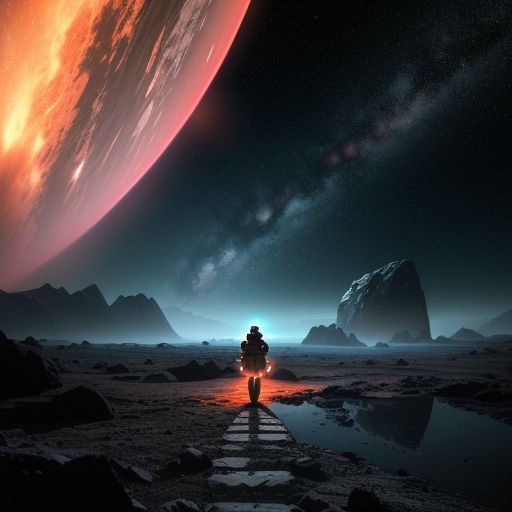

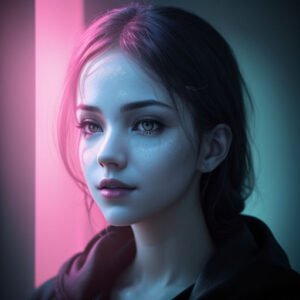


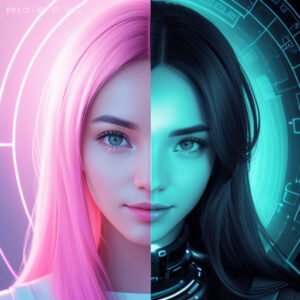
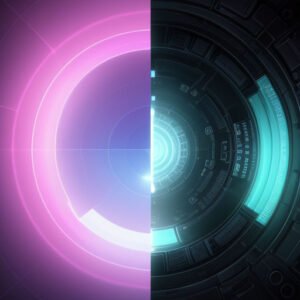
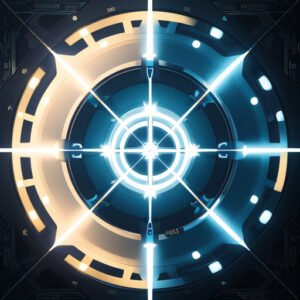


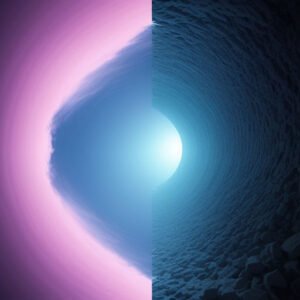
Post Comment